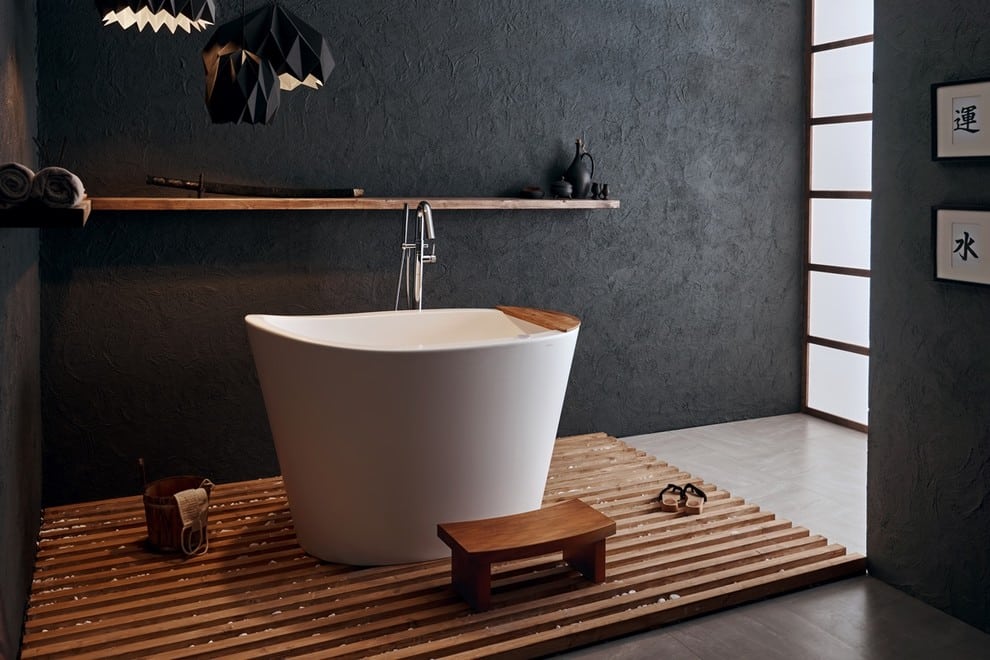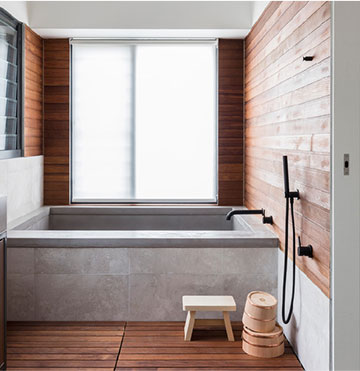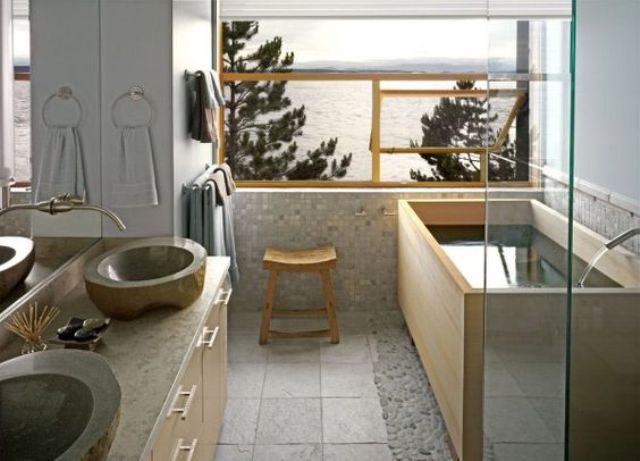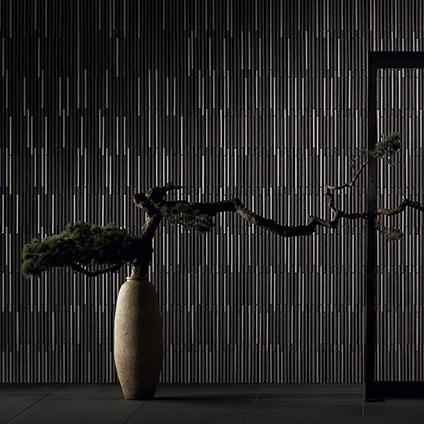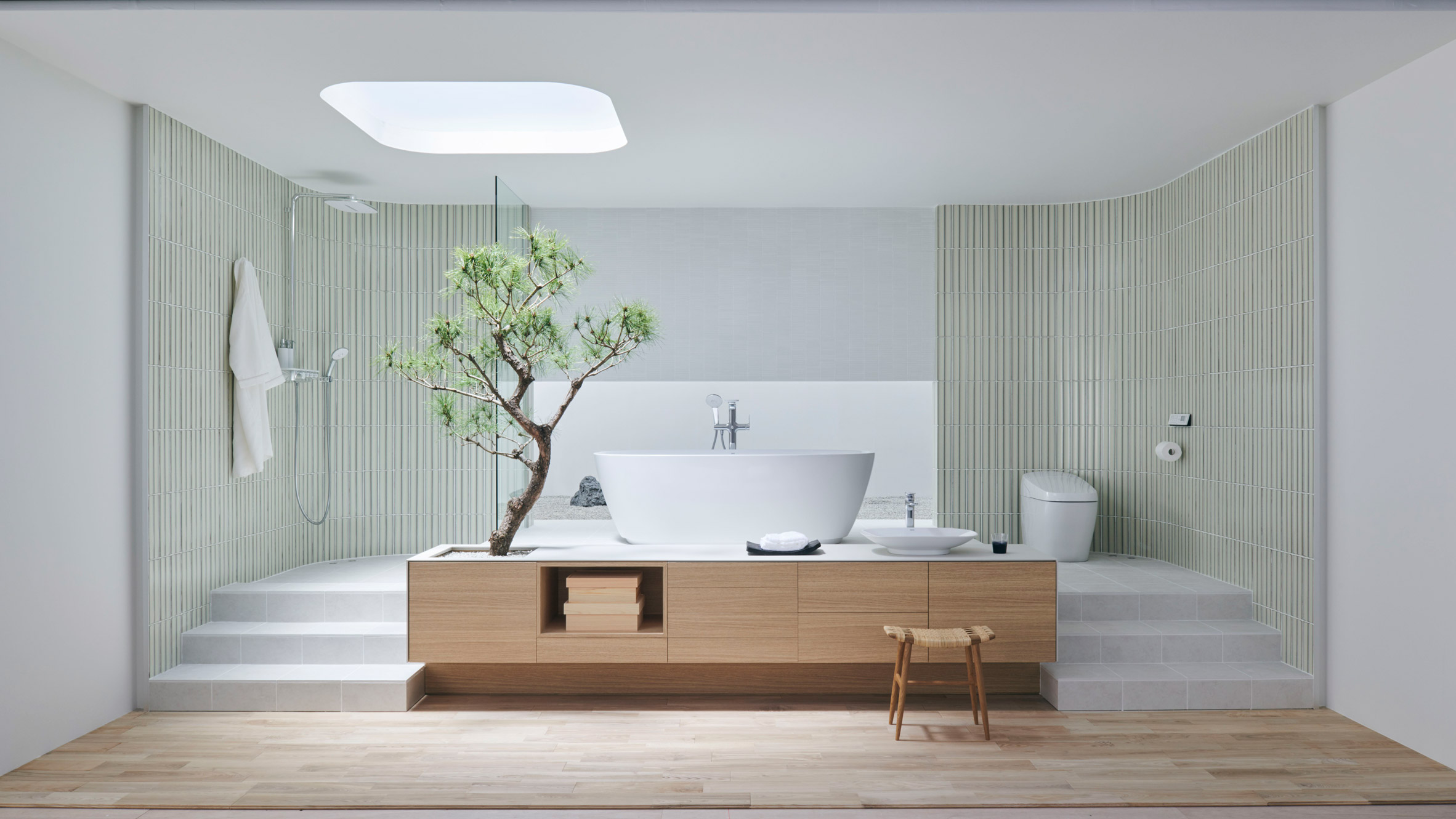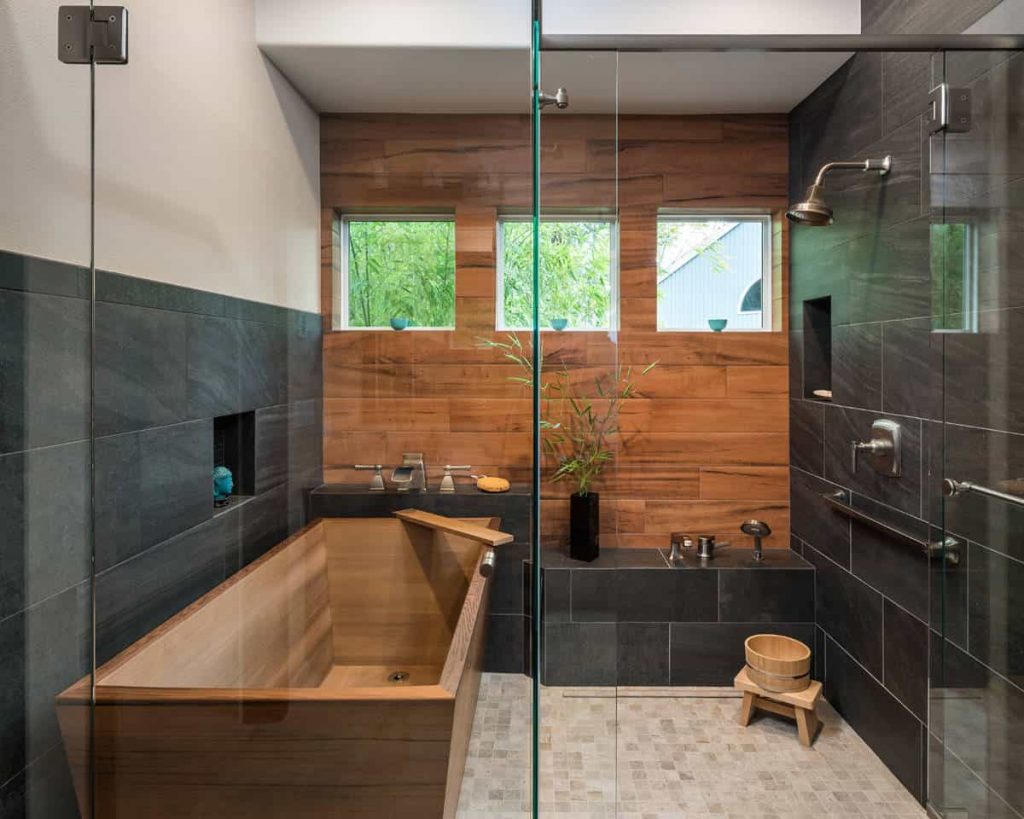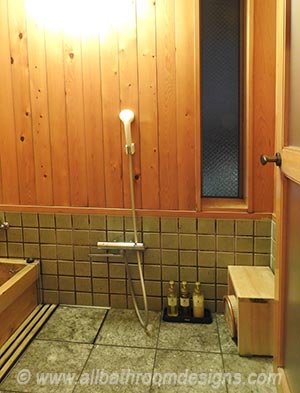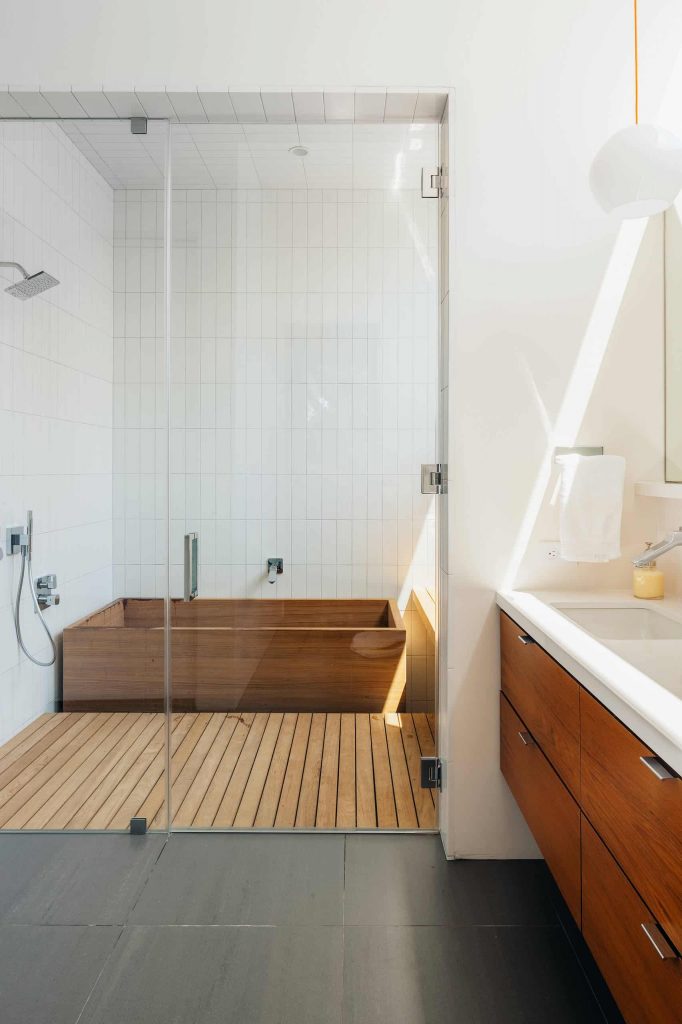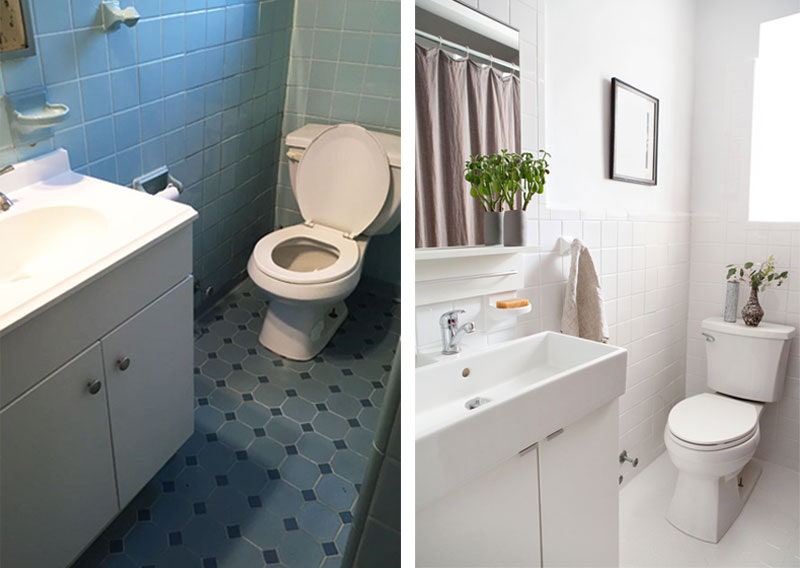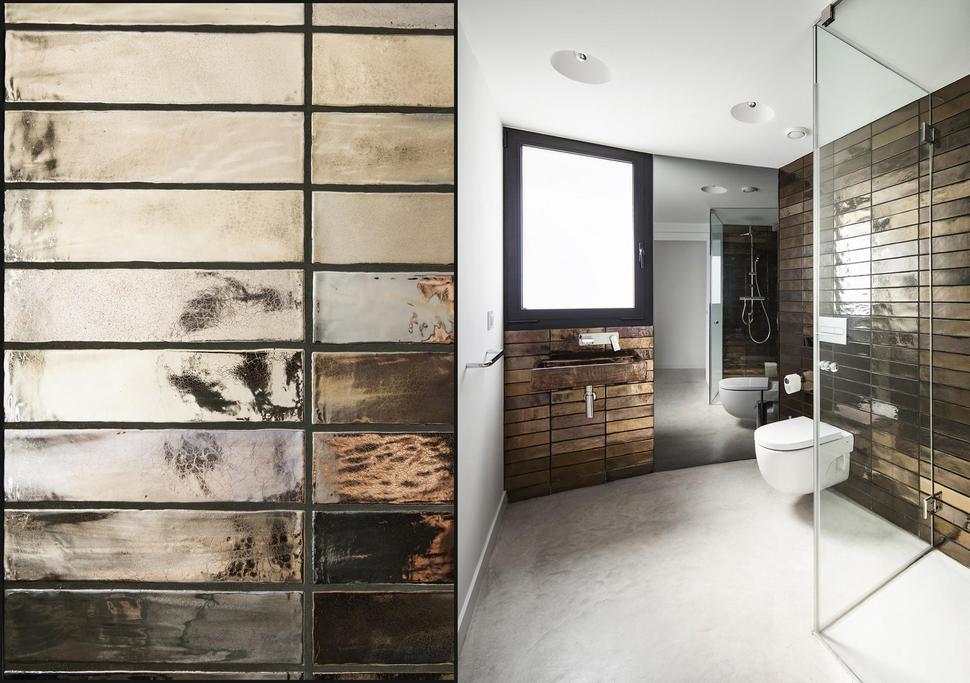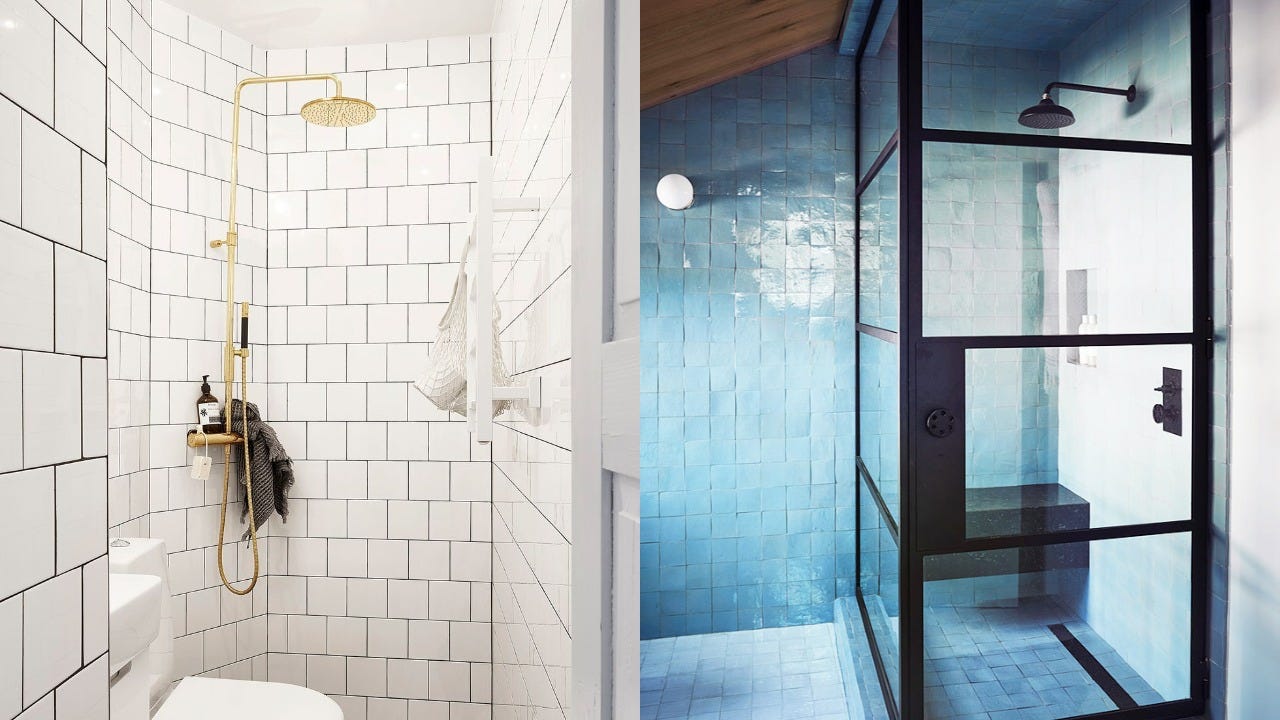The History and Cultural Significance of Japanese Bathroom Tiles
Japanese bathroom tiles are more than just decorative elements; they carry a deep historical and cultural significance that has evolved over centuries. Their origins trace back to ancient Japan, where tiles were used not only for their practical purposes but also for their aesthetic and spiritual qualities. Understanding the history and cultural importance of these tiles offers insight into their enduring appeal and the values they represent. Here’s a look at how Japanese bathroom tiles have developed and their cultural relevance.
- Origins in Ancient Japan
The use of tiles in Japan dates back to ancient times, with early examples appearing in religious and imperial structures. Initially, tiles were handcrafted from clay and fired in kilns, a process that was both labor-intensive and time-consuming. These early tiles were often used in temples and palaces, symbolizing not just status but also the connection between the spiritual and earthly realms. - Influence of Traditional Techniques
Traditional Japanese tile-making techniques, such as Kyo-yaki (Kyoto ware) and Seto-yaki (Seto ware), have significantly influenced the design and craftsmanship of Japanese bathroom tiles. These techniques involve meticulous handcrafting and glazing processes that produce tiles with unique textures and colors. The attention to detail and the use of natural materials reflect Japan’s dedication to quality and beauty. - The Role of Wabi-Sabi
Japanese aesthetics often embrace the Wabi-Sabi philosophy, which values imperfection and the transient nature of beauty. This philosophy is evident in traditional Japanese tiles, which may feature uneven glazes and natural imperfections. These qualities are not seen as flaws but as expressions of authenticity and uniqueness, resonating with the Wabi-Sabi appreciation for the natural and the imperfect. - Integration in Traditional Architecture
Historically, Japanese bathroom tiles were integral to the design of traditional Japanese homes, known as Minka. In these homes, tiles were used in various areas, including bathrooms, to enhance the functional and aesthetic aspects of the space. The choice of tiles was influenced by the need for durability and ease of maintenance, as well as their visual harmony with the surrounding environment. - Modern Adaptations and Preservation
As Japan entered the modern era, traditional tile-making techniques adapted to new materials and technologies. Despite these changes, the core principles of Japanese tile design—such as simplicity, elegance, and functionality—remained unchanged. Modern Japanese bathroom tiles continue to reflect these values, combining traditional aesthetics with contemporary innovations. - Cultural Symbolism and Contemporary Usage
Today, Japanese bathroom tiles are celebrated for their cultural symbolism and are used to create serene, stylish spaces that honor traditional values while embracing modern design. They are a testament to Japan’s rich heritage and its ability to blend historical significance with contemporary needs, making them a popular choice for those seeking both beauty and functionality in their bathroom spaces.

Popular Types of Japanese Bathroom Tiles and Their Unique Features
When it comes to Japanese bathroom tiles, there are several distinct types, each with unique features and aesthetic qualities. These tiles are known for their craftsmanship and the ability to bring a sense of tranquility and sophistication to any bathroom. Understanding the different types can help you choose the right tile for your space. Here’s a breakdown of the most popular Japanese bathroom tiles and their unique characteristics.
Porcelain Tiles
Porcelain tiles are a popular choice in Japanese bathrooms due to their durability and resistance to moisture. These tiles are made from a finer clay and fired at higher temperatures than standard ceramic tiles, making them denser and less porous. They often feature intricate designs and patterns, ranging from classic motifs to modern styles. Their low maintenance requirements and robust nature make them ideal for high-traffic areas.
Ceramic Tiles
Ceramic tiles are another traditional option that offers versatility and a range of design possibilities. Made from clay and glazed, ceramic tiles are available in various sizes, colors, and finishes. Japanese ceramic tiles often showcase delicate patterns and textures, reflecting traditional design elements. They are suitable for both wall and floor applications, providing a balance between aesthetic appeal and functionality.
Tatami Tiles
Tatami tiles are inspired by the traditional Japanese matting used in rooms called Tatami rooms. These tiles are designed to mimic the natural texture and appearance of Tatami mats, bringing a touch of traditional Japanese interior design to modern bathrooms. They are typically made from materials that resemble the straw and rush grass used in real Tatami mats, offering a unique, organic look.
Mosaic Tiles
Mosaic tiles are known for their small, intricate designs that can create a stunning visual effect. In Japanese bathrooms, mosaic tiles are often used to create detailed patterns and vibrant color schemes. These tiles can be made from various materials, including glass and ceramic, and are perfect for adding a touch of elegance and artistic flair to bathroom walls or floors.
Shikkui Tiles
Shikkui tiles are coated with a special plaster known as Shikkui, which is made from lime and natural minerals. This plaster provides a unique texture and finish that is both aesthetically pleasing and functional. Shikkui tiles are known for their breathability and ability to regulate humidity, making them a practical choice for bathrooms where moisture control is important.
Sumi-e Tiles
Inspired by the traditional Japanese ink wash painting known as Sumi-e, these tiles feature minimalist designs with fluid, brushstroke-like patterns. Sumi-e tiles often come in neutral colors with subtle variations in tone, capturing the essence of Japanese artistry and simplicity. They are ideal for creating a serene and sophisticated bathroom environment.
Designing with Japanese Tiles: Achieving a Zen Aesthetic in Your Bathroom
Creating a Zen-inspired bathroom using Japanese tiles involves more than just choosing the right tiles; it’s about integrating them into a design that promotes relaxation and tranquility. Japanese tiles are known for their ability to enhance a calm and peaceful atmosphere, making them perfect for achieving a Zen aesthetic. Here’s how you can use Japanese tiles to create a serene bathroom space.
Choose Neutral and Natural Colors
Zen design emphasizes simplicity and harmony with nature, so start by selecting tiles in neutral colors such as beige, gray, or soft earth tones. These colors create a calming backdrop and complement the natural elements often found in Zen-inspired spaces. Incorporating tiles with natural finishes or textures can further enhance the connection to nature.
Incorporate Minimalist Patterns
Minimalism is a key aspect of Zen design. Opt for Japanese tiles with simple, understated patterns or solid colors. Tiles with subtle, linear designs or gentle textures will create a serene and uncluttered look. Avoid busy patterns or bold colors that can disrupt the tranquility of the space.
Use Tiles to Create a Sense of Flow
In a Zen bathroom, the flow and arrangement of elements are crucial. Use Japanese tiles to create a seamless flow between different areas of the bathroom, such as the shower, sink, and floor. Consistent tile patterns and colors can help achieve a cohesive and harmonious design, enhancing the overall sense of calm.
Add Natural Elements
Complement your Japanese tiles with natural materials like wood, stone, or bamboo. These elements work well with the organic qualities of Japanese tiles and contribute to the Zen aesthetic. Consider adding wooden cabinetry, stone countertops, or bamboo accents to create a balanced and serene environment.
Focus on Texture and Light
Texture and light play important roles in Zen design. Choose Japanese tiles with varied textures, such as matte finishes or subtle relief patterns, to add depth and interest without overwhelming the space. Additionally, ensure that your bathroom has ample natural light or soft, diffused lighting to enhance the calming atmosphere created by the tiles.
Incorporate Water Features
Water is a fundamental element in Zen design, symbolizing tranquility and purification. Consider incorporating a small water feature, such as a fountain or a wall-mounted water element, into your bathroom design. The sound and sight of flowing water can enhance the Zen ambiance and complement the serene qualities of Japanese tiles.
Traditional Japanese Tile Patterns and Their Meanings
Traditional Japanese tile patterns are not just aesthetically pleasing; they also carry symbolic meanings and cultural significance. These patterns often reflect aspects of nature, philosophy, and spirituality. By incorporating traditional Japanese tile patterns into your bathroom design, you can infuse your space with both beauty and meaning. Here’s an overview of some classic Japanese tile patterns and their interpretations.
Asanoha (Hemp Leaf Pattern)
The Asanoha pattern is inspired by the shape of the hemp leaf and symbolizes growth, strength, and resilience. This geometric pattern is often used in Japanese tiles to convey a sense of prosperity and vitality. It’s a popular choice for creating a harmonious and balanced environment in your bathroom.
Seigaiha (Blue Ocean Waves)
Seigaiha is a traditional pattern that resembles the gentle waves of the ocean. It symbolizes peace, tranquility, and the endless flow of time. This pattern is often used to evoke a sense of calm and continuity, making it an excellent choice for bathroom tiles where relaxation is key.
Kikkō (Tortoise Shell Pattern)
The Kikkō pattern, inspired by the hexagonal shape of a tortoise shell, represents longevity and protection. This pattern is often used in Japanese tiles to convey a sense of stability and endurance. Incorporating Kikkō tiles in your bathroom can add a touch of tradition and convey a message of lasting strength.
Tachiwaki (Standing Waves)
Tachiwaki, also known as standing waves, features a series of parallel lines that resemble waves. This pattern symbolizes the flow of energy and the dynamic nature of life. It’s commonly used in Japanese tiles to create a sense of movement and vitality, making it a great choice for adding visual interest to your bathroom.
Tsubaki (Camellia Flower)
The Tsubaki pattern is inspired by the camellia flower, which symbolizes beauty, grace, and the transient nature of life. This delicate pattern is often used in Japanese tiles to bring a touch of elegance and sophistication to the space. It’s ideal for creating a serene and refined bathroom atmosphere.
Uroko (Scales Pattern)
Uroko, or the scales pattern, is inspired by the overlapping scales of a fish or dragon. This pattern represents protection, strength, and transformation. It’s often used in Japanese tiles to convey a sense of security and resilience, making it a meaningful choice for your bathroom design.
Incorporating Modern Trends into Japanese Bathroom Tile Design
While traditional Japanese tile designs offer timeless appeal, incorporating modern trends can create a fresh and contemporary look for your bathroom. By blending modern elements with traditional Japanese aesthetics, you can achieve a unique and stylish bathroom that honors both historical and contemporary design principles. Here’s how to integrate modern trends into Japanese bathroom tile design.
Mixing Materials
One way to update Japanese bathroom tiles is by mixing different materials. Combining traditional ceramic or porcelain tiles with modern materials like glass or metal can create a dynamic and contemporary look. For example, use glass mosaic tiles as accents or borders to add a touch of modernity to a traditional tile pattern.
Bold Color Accents
While traditional Japanese tiles often feature muted and neutral colors, modern trends embrace bold and vibrant hues. Consider adding pops of color through tile accents or feature walls. For instance, a bright blue or deep green tile can create a striking contrast with traditional neutral tiles, adding a contemporary twist to the design.
Geometric Patterns
Geometric patterns are a major trend in modern design and can be incorporated into Japanese bathroom tiles to create a fresh look. Experiment with geometric shapes and arrangements that complement traditional patterns. For example, combining hexagonal tiles with classic Japanese designs can create a stylish and contemporary effect.
Minimalist Design
Modern trends often emphasize minimalist design, which aligns well with Japanese aesthetics. Choose tiles with clean lines, simple patterns, and a neutral color palette to achieve a minimalist look. The key is to create a clutter-free and elegant space that highlights the beauty of the tiles while maintaining a sense of simplicity.
Large Format Tiles
Large format tiles are a popular modern trend that can be used to create a sleek and seamless look. Incorporate large tiles in your bathroom design to reduce grout lines and create a more expansive feel. Large format tiles can be paired with traditional patterns or used on their own for a modern twist.
Smart Tile Technology
Integrating smart tile technology is another way to modernize your bathroom. Smart tiles with built-in heating or LED lighting can enhance both functionality and aesthetics. Consider incorporating these technological features into your Japanese bathroom tile design for added convenience and a contemporary touch.
Eco-Friendly Japanese Tiles: Sustainable Options for Your Bathroom
Sustainability is an increasingly important consideration in home design, and Japanese bathroom tiles offer several eco-friendly options that align with environmentally conscious practices. By choosing sustainable materials and production methods, you can create a beautiful and environmentally friendly bathroom. Here’s a look at some eco-friendly Japanese tile options and their benefits.
Recycled Glass Tiles
Recycled glass tiles are an excellent eco-friendly option for Japanese bathroom design. These tiles are made from repurposed glass bottles or other glass materials, reducing waste and minimizing the environmental impact of production. Recycled glass tiles come in various colors and finishes, making them a versatile and stylish choice for sustainable design.
Natural Stone Tiles
Natural stone tiles, such as slate or granite, are a sustainable choice due to their durability and long lifespan. These tiles are sourced from quarries with minimal environmental impact and can be recycled at the end of their life cycle. Natural stone tiles also add a touch of elegance and timeless beauty to your bathroom.
Bamboo Tiles
Bamboo is a rapidly renewable resource, making it an eco-friendly option for bathroom tiles. Bamboo tiles are made from bamboo fibers that are processed and woven into durable tiles. They offer a unique, natural look and are highly sustainable, as bamboo grows quickly and requires less water and pesticides than traditional hardwoods.
Clay Tiles
Traditional Japanese clay tiles, such as those used in Kyo-yaki and Seto-yaki techniques, are made from natural clay and are fired in kilns. These tiles have a low environmental impact compared to synthetic alternatives and can be recycled or repurposed. Clay tiles also have excellent thermal properties, contributing to energy efficiency in your home.
Eco-Friendly Glazes
Look for Japanese tiles with eco-friendly glazes that use non-toxic, lead-free materials. These glazes are applied using environmentally friendly methods, reducing the release of harmful chemicals during production. Eco-friendly glazes ensure that your tiles are safe for both you and the environment.
Low VOC Adhesives
When installing Japanese bathroom tiles, choose low VOC (volatile organic compound) adhesives and grout. These products emit fewer harmful chemicals, improving indoor air quality and contributing to a healthier living environment. Low VOC adhesives also ensure that your bathroom is both beautiful and eco-friendly.
How to Maintain and Care for Japanese Bathroom Tiles for Longevity
Japanese bathroom tiles are known for their durability and aesthetic appeal, but proper maintenance is essential to keep them looking their best. Regular care ensures that your tiles retain their beauty and functionality over time. Here’s a guide to maintaining and caring for Japanese bathroom tiles to ensure their longevity.
Regular Cleaning Routine
To keep your Japanese bathroom tiles in top condition, establish a regular cleaning routine. Use a mild, pH-balanced cleaner that is suitable for your tile material. Avoid harsh chemicals or abrasive cleaners that can damage the surface or grout. Clean the tiles with a soft cloth or sponge, and rinse thoroughly to remove any residue.
Immediate Spill Cleanup
Promptly clean up spills and stains to prevent them from setting and causing permanent damage. For liquid spills, blot the area with a clean cloth rather than wiping, which can spread the stain. For stubborn stains, use a tile-specific cleaner or a mixture of baking soda and water to gently scrub the affected area.
Grout Maintenance
Grout can be prone to discoloration and buildup, so it’s important to maintain it regularly. Clean grout lines with a grout cleaner or a mixture of vinegar and water. Avoid using abrasive tools that can damage the grout. To prevent future staining, consider applying a grout sealer to protect the grout from moisture and dirt.
Avoid Excessive Moisture
Excessive moisture can damage both the tiles and the underlying substrate. Ensure proper ventilation in your bathroom to reduce humidity and prevent mold growth. Use a dehumidifier or exhaust fan to keep the bathroom dry, and avoid letting water sit on the tiles for extended periods.
Repair Chips and Cracks Promptly
Inspect your tiles regularly for any chips or cracks. Address these issues promptly to prevent further damage. For minor chips, use a tile repair kit that matches the color and texture of your tiles. For larger cracks, it may be necessary to replace the damaged tiles to maintain the overall integrity of the design.
Protect Tiles During Renovations
If you’re undertaking bathroom renovations, protect your Japanese tiles from potential damage. Cover the tiles with protective sheeting or cardboard to shield them from dust, debris, and paint splatters. This precaution helps prevent accidental damage and ensures that your tiles remain in pristine condition throughout the renovation process.
Japanese Style Bathrooms Japanese Influence with Black Tiles
unveil latest bathroom collection at Milan design week
Modern Japanese Style Bathroom Ideas
Japanese Bathroom Design Traditional and Modern
Modern Japanese Style Bathroom Ideas
Related Posts:
- How To Clean Bathroom Tile Mold
- Easy Bathroom Tile Installation
- Waterproof Bathroom Tile Panels
- Cost Of Bathroom Tile Replacement
- Bathroom Tile White Ideas
- Bathroom Tiles From Kajaria
- Modern Bathroom Tile Ideas Pictures
- Blue Bathroom Tile Stickers
- Bathroom Tile Vanity Ideas
- Removing Bathroom Tiles Without Breaking Them
